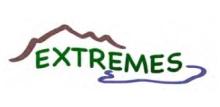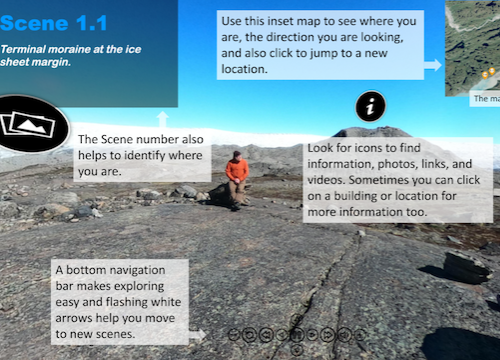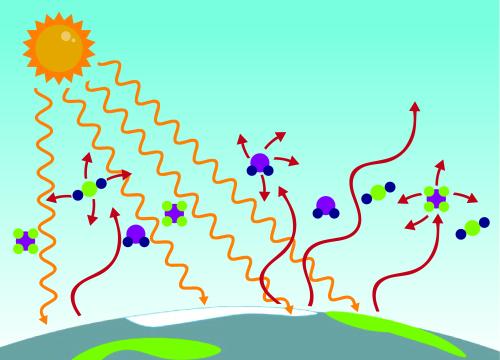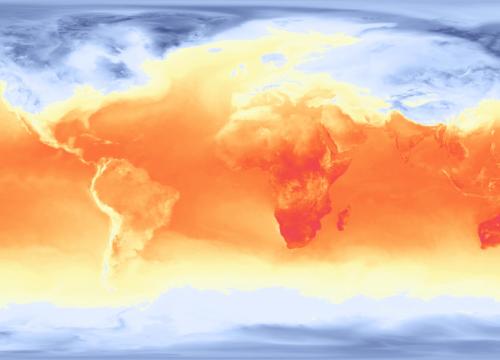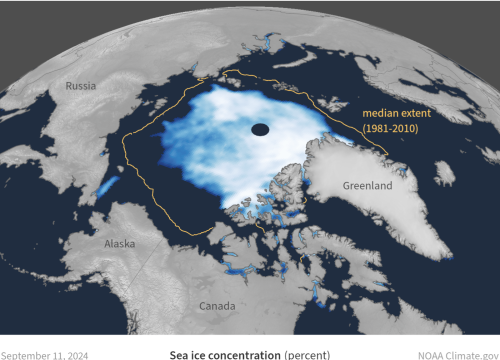Population Estimates: Bringing Math and Science Together
During this activity students will learn how to estimate population size using two techniques, density extrapolation and the mark-recapture method.
Context for Use
Project EXTREMES lessons were written to be stand alone lessons but can be incorporated into a larger unit.

Flock of birds landing at Elkhorn Slough. Photo credit: dondj2
Goals Header
What Students Will Do
Goals Header
What Students Will Do
- Students will apply two techniques, density extrapolation and mark and recapture, to estimate the size of populations.
- Students will identify the assumptions made when estimating the size of a population.
Materials
User note: To make an editable copy of the teaching materials in Google Drive, select File > “Make a copy”. This will make a copy for you to save to your own drive and edit as you see fit.
Population Estimates Teacher Guide
Population Estimates Student Handout
Description
- Part 1 – Engage (5 minutes) What is population and why is it important?
Students define the term “population” and discuss reasons why knowing population size is important.
- Part 2 – Explore (15 minutes) Average Population Density
Students estimate a population size using the population density method.
- Part 3 – Explore and elaborate (40 minutes) The Mark-Recapture Method
Students estimate a population size using the mark-recapture method.
